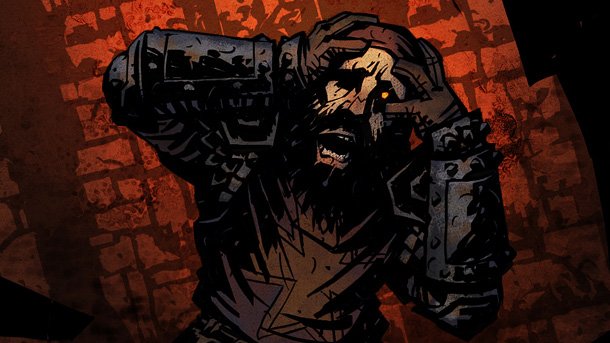

For most game designers, homing in on the right degree of difficulty is akin to discovering the Holy Grail. Make a game too easy, and players breeze through its forgettable challenges with little sense of accomplishment. Make it too difficult, and players may quit out of frustration or feel too intimidated to pick up the controller in the first place. Finding the right balance is an art form in its own right, and for most modern games, the perfect difficulty setting blends seamlessly into the background as players steadily and successfully fight their way to victory. Not every designer follows this playbook, however.
Over the years, a growing number of games have opted for the punishing difficulty old-school games used to dole out with impunity, and a particular segment of players have embraced these demanding titles with open arms. From the tortuous locales and towering bosses of the Dark Souls series to the deadly labyrinths of Super Meat Boy, we spoke with a number of modern-day difficulty masters to find out how they maintain the player’s enjoyment while still plying them with sinister challenges.
This feature originally appeared in Game Informer issue #274, under the title “The Difficulty Of Difficulty.”

Keeping Frustration At Bay
Continually getting bested by a particular challenge can be a frustrating and game-ending experience. So how do developers prevent players from throwing their controller at a wall? The most important factor for mitigating frustration is fostering the sense that every success and failure is earned by the player. “It’s my job as a designer to promote fairness, to make sure that the rules of a game are transmitted clearly,” says XCOM 2 creative director Jake Solomon. “…I mean fairness in the sense that when things happen, the player understands why, and how those things fit into the overall rules.” Losing a beloved veteran soldier to a rampaging Muton Berserker in XCOM can be devastating, but it’s also the direct result of your own choices – where you moved your characters, which enemies you targeted, etc. In other words, you may get frustrated with yourself, but not the game.
“Mastering a set of skills is always fun,” says XCOM 2 creative director Jake Solomon. “The process of learning is fun, and the process of applying your learning is even more fun. Everybody likes to feel clever, and with challenging games, your reward is really that sense of cleverness, that sense of accomplishment in the face of obstacles.” Whether you’re mulling over your next move in a turn-based strategy game, dodging sword strikes in an action RPG, or timing precise jumps in a 2D platformer, acquiring and perfecting new skills is always rewarding.
Diablo III lead designer Kevin Martens points to another vital component: player choice. “When a game gets difficult, there should be something that the player can learn or choose to do differently to overcome the difficulty,” Martens says. Diablo III plies players with endless loot, weapons, and a variety of powerful abilities to overcome obstacles in the method of their choosing. If the player is still hitting a wall, they can also simply choose another activity such as Adventure mode or a tackling Greater Rift.
Darkest Dungeon provides a unique case study. Its roguelike nature and sheer amount of variance can lead to situations where the odds are severely stacked against the player. The solution? Give players a way out. “Without the ability to retreat, the player would feel at times that there is nothing they can do to overcome a bad deal of cards,” says Darkest Dungeon design director Tyler Sigman. “It would be like forcing players to bet on a weak hand. We are every bit as interested in what you do when things are going poorly as when all is going great.” The ability to retreat from fights and abandon quests doesn’t just create an enticing risk/reward to mull over – it once again puts the onus on the player. If you push too hard and get your entire party killed by a ghoulish necromancer, their blood is on your hands, not the game’s design.
Another important key to minimizing frustration is making sure the hard-won victories feel worth the effort. “I think the key as a developer when making challenging games is aligning your rewards with the player’s moments of triumph,” Solomon says. “Beat a particularly tough enemy? Have a huge rewarding kill sequence and earn a really fun new item. Solve a particularly tough puzzle? Have a great unlock animation or a satisfying reward.” Oftentimes the sense of accomplishment when overcoming a difficult challenge is a reward in its own right – but throwing in some sparkly new loot on top of the victory never hurts.
[Source:- Gameinformer]

